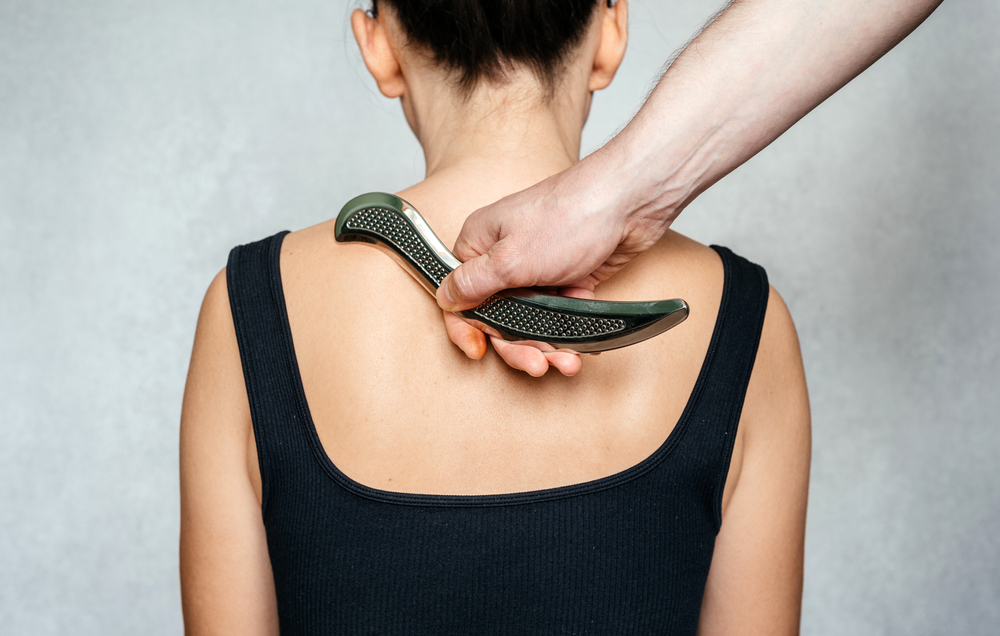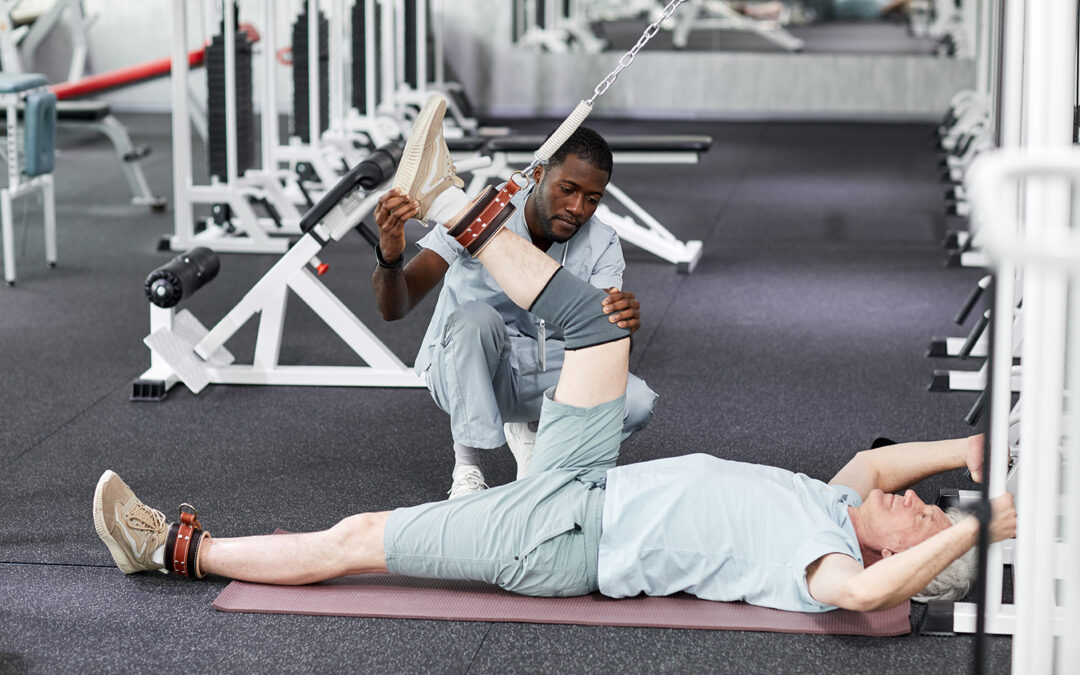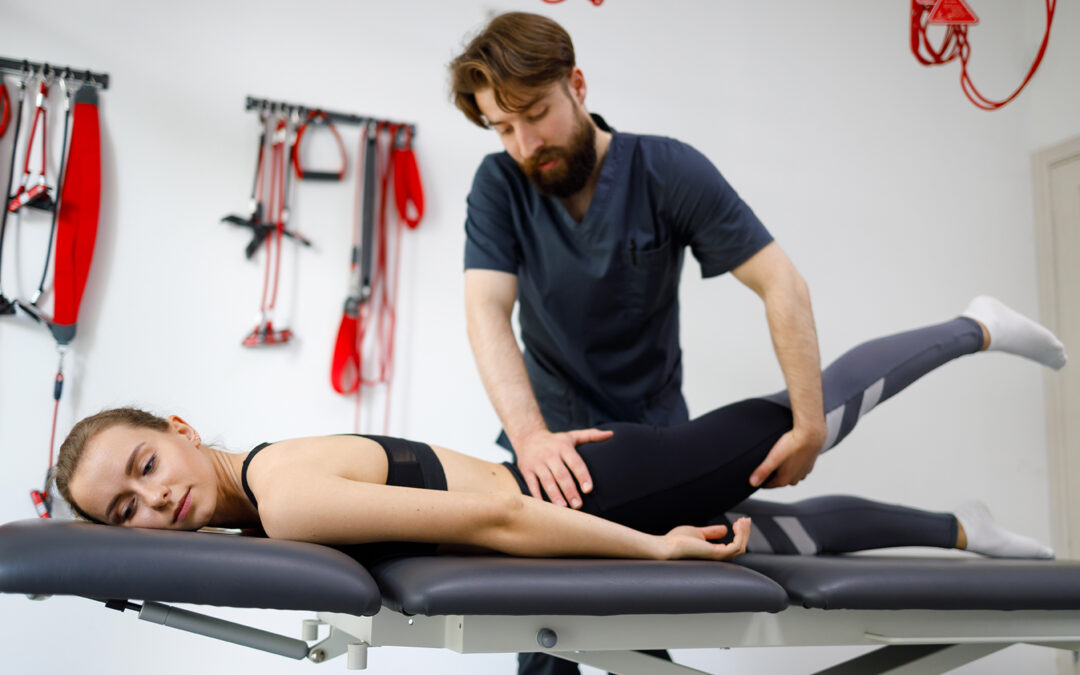Contents
Hands-on physical therapy, or manual therapy, is a collection of PT techniques that involve physical contact. Manual therapy can be used to address a wide range of injuries, chronic health conditions and other issues. With manual therapy techniques, a physical therapist puts their hands on the affected areas. They then apply controlled pressure and movements. Manual therapy can serve many different purposes. Some purposes may include improving flexibility and increasing blood flow. This makes it a versatile, effective method of treatment.
If you are considering manual therapy to treat your condition, it can help to understand the different types of manual therapy. A key aspect of effective physical therapy is adaptability. Like other PT treatment methods, manual therapy takes an individualized approach. The techniques involved in your treatment will depend on your particular condition. Learning more about the various kinds of hands-on physical therapy can help you find the ones that best suit your needs and treatment goals.
Types of hands-on physical therapy
- Joint manipulation — Have a condition that affects your joints? From arthritis to spinal misalignments, there are many conditions that can have a negative impact on your joint health. With joint manipulation, your physical therapist can help restore normal joint function. The technique involves manipulating your joints to improve mobility and reduce pain. It is commonly used to address stiffness and inflammation around the joints. If your condition affects your elbow or shoulder joints, joint manipulation can be especially effective.
- Joint mobilization — Joint mobilization is another technique that focuses on the joints. It differs from joint manipulation in a few important ways, though. The first major difference is that joint mobilization tends to be slower and gentler. This hands-on physical therapy technique uses rhythmic, passive movements to improve joint flexibility. A passive movement is a movement that is not performed by the patient. Instead of engaging the joint yourself, your physical therapist will make the movement for you. If your shoulder joint is stiff, for example, your physical therapist may use joint mobilization to move your arm. This can be helpful if your condition makes it difficult to move your arm without assistance. By reducing stiffness, joint mobilization can be a great way to alleviate discomfort and improve your range of motion.
- Graston Technique® — Not all hands-on physical therapy techniques use the hands alone. The Graston Technique is a kind of instrument-assisted soft tissue mobilization (IASTM). It can offer plenty of benefits including noninvasive treatment and a quicker recovery time. These benefits help show how the Graston Technique can be a great treatment method for soft tissue dysfunction. IASTM is particularly effective for breaking up scar tissue. If scar tissue from a past injury is limiting your range of motion and preventing further healing, IASTM can be highly beneficial. The Graston Technique can also be effective in addressing a range of other soft tissue problems such as strains and sprains.
- Trigger point therapy — Trigger points are another way of referring to muscle knots. These localized areas of muscle tension can cause pain and other symptoms. By locating and releasing trigger points, your physical therapist can help address your symptoms. Trigger point therapy is a technique that specializes in trigger points. PT specialists apply gentle pressure to each knot. This functions to stimulate blood flow and easing tension in the area. Are you experiencing localized pain caused by trigger points? If so, this technique can help you find relief.
- Therapeutic stretching — Stretching can be a great way to improve flexibility and reduce tension. For some patients, stretching alone can be difficult. This is where therapeutic stretching comes in. Therapeutic stretching is a form of hands-on physical therapy. In this approach, the physical therapist assists with each stretch. By stretching the right muscles and joints, this treatment can help address movement limitations.
What to know about Certification in Orthopedic Manual Physical Therapy
After graduation, there are still opportunities for physical therapists to increase their knowledge. They can earn the Certification in Orthopedic Manual Physical Therapy, or COMT. The program is a postgraduate specialization. It focuses on strengthening a physical therapist’s expertise and decision-making pertaining to manual therapy. Going through the COMT program allows a physical therapist to hone their skills in:
- Joint mobilization.
- Joint manipulation.
- Soft tissue work.
At Lattimore Physical Therapy, we have trained 30 physical therapists to be fully certified COMTs. This means that in every office, there’s a qualified and knowledgeable COMT that you can trust to provide the highest quality of manual therapy.
Get hands-on treatment at Lattimore Physical Therapy
Ready to experience the benefits of hands-on PT techniques? At Lattimore Physical Therapy, our expert team is trained to apply many different forms of manual therapy. We are committed to helping patients find relief through our personalized hands-on approach. Whether you need injury rehab care or treatment for a chronic condition, we can help you take the next step toward long-term recovery.
Contact our team today for more information or to schedule an initial appointment.



